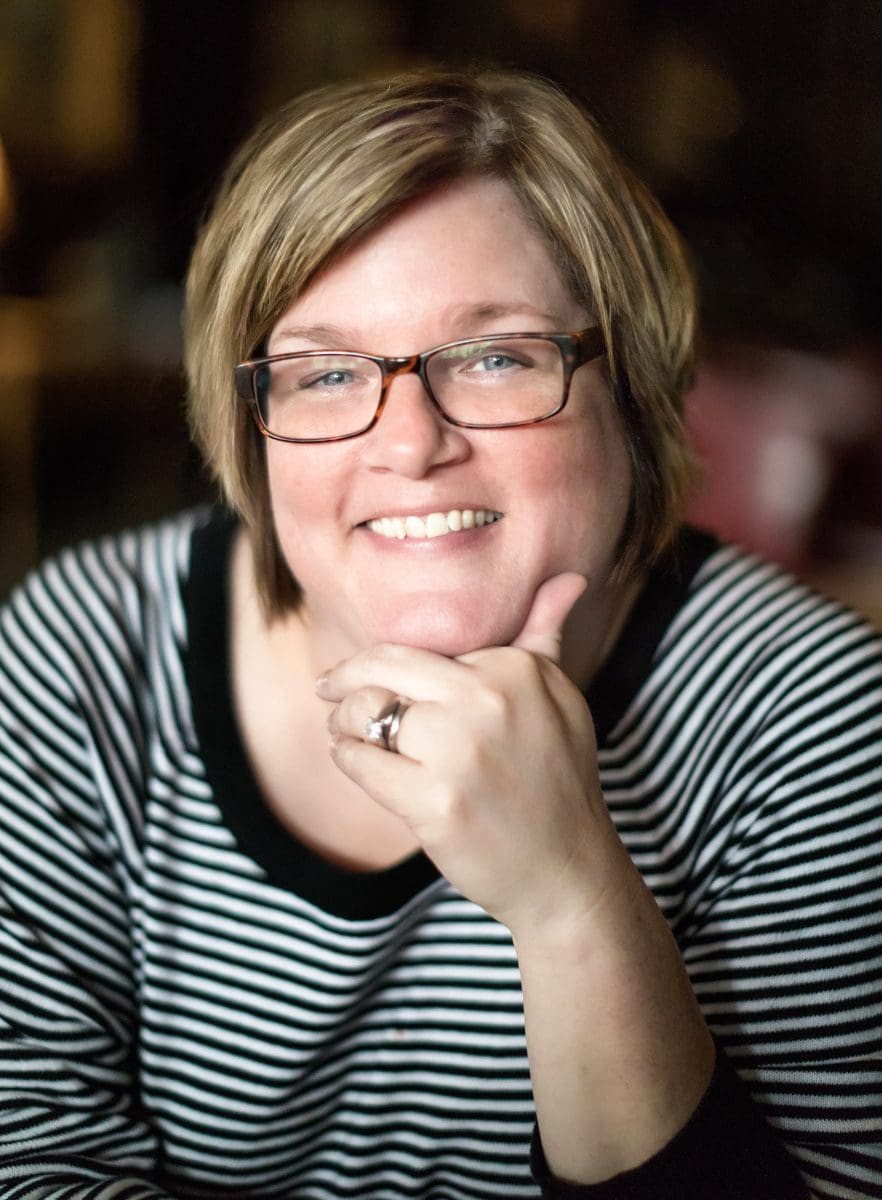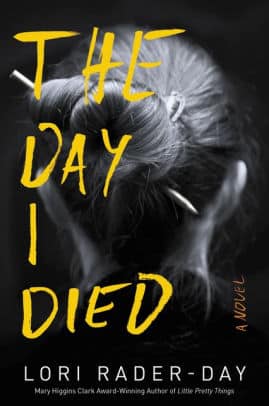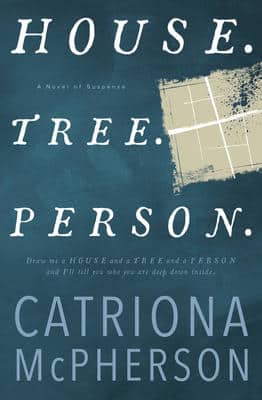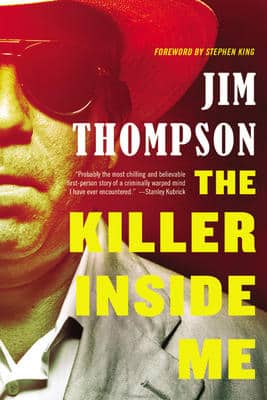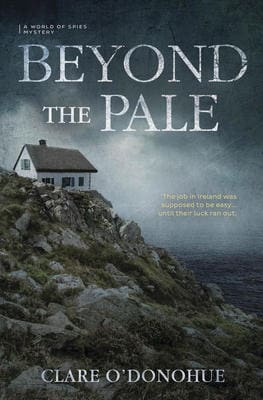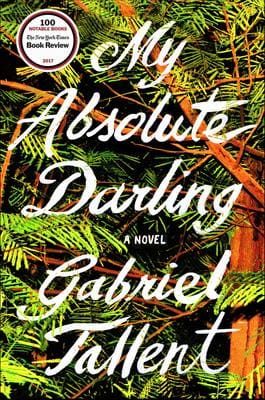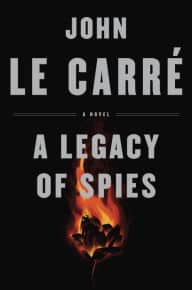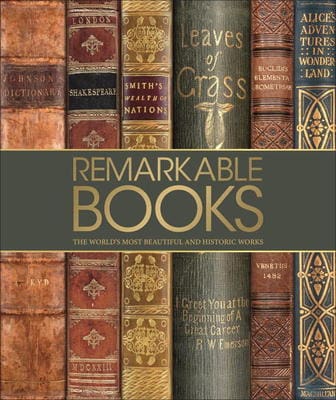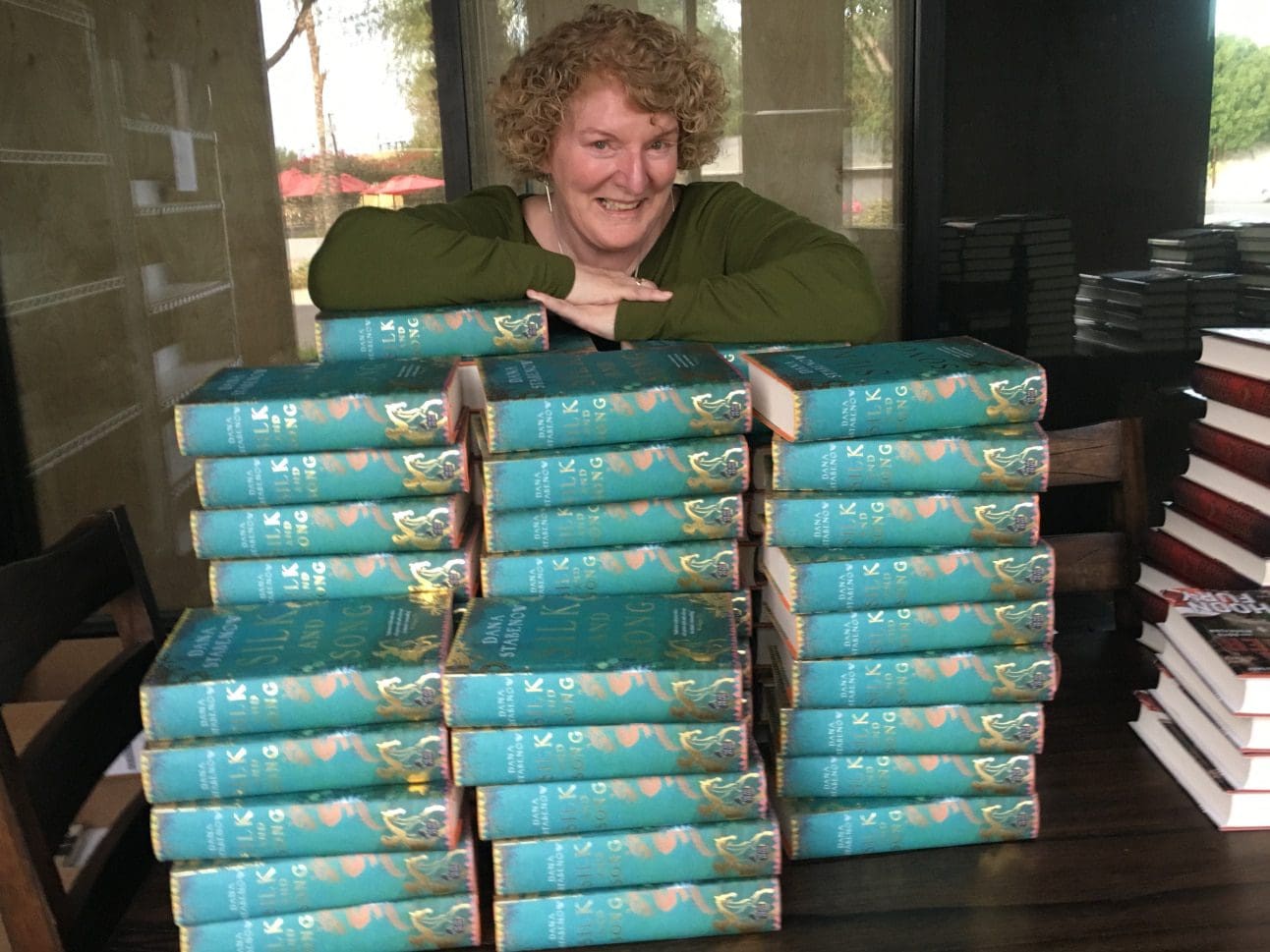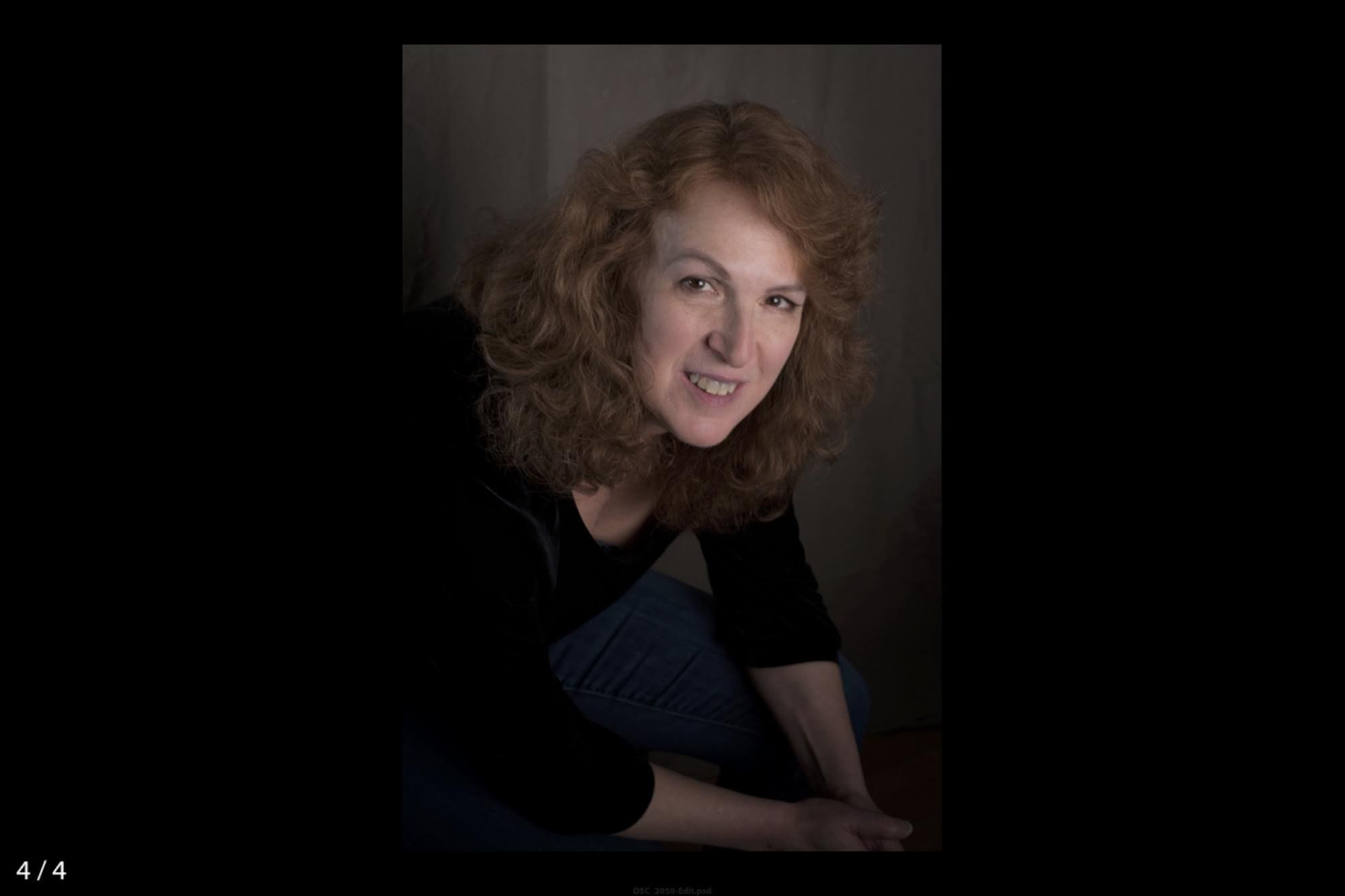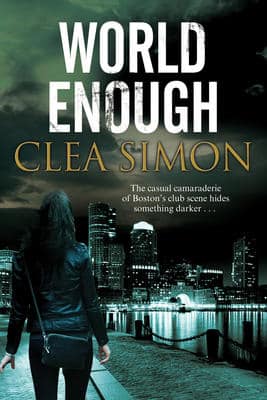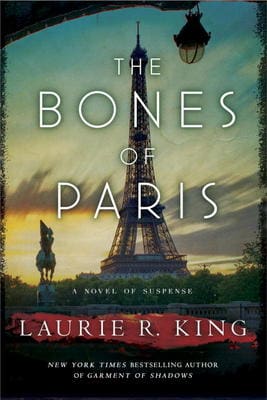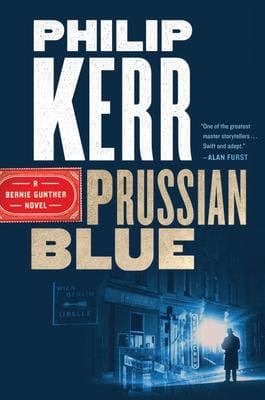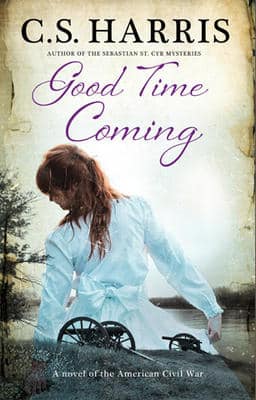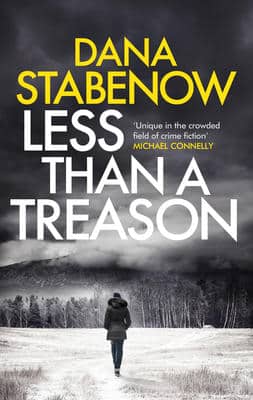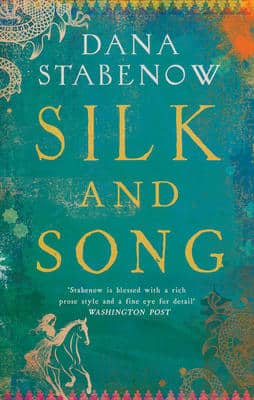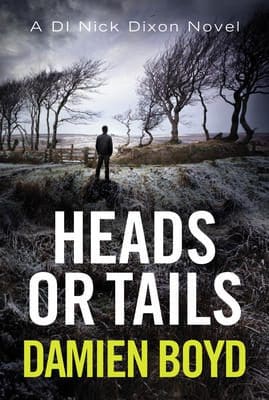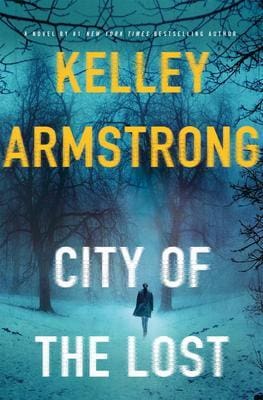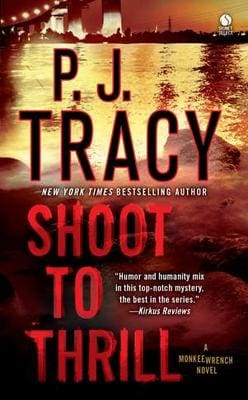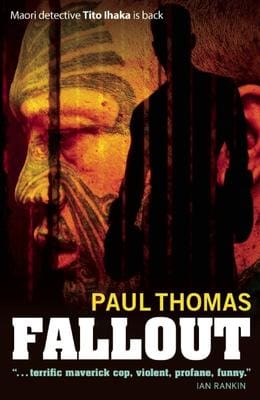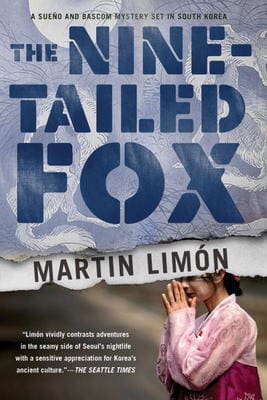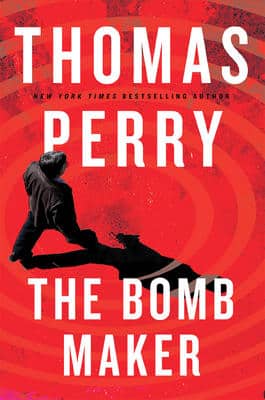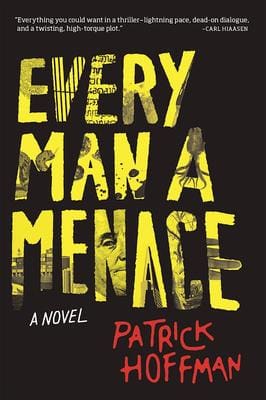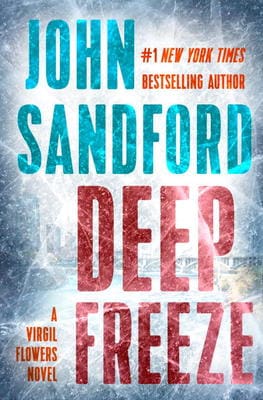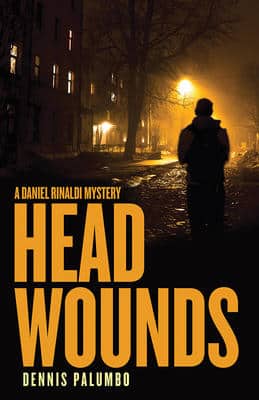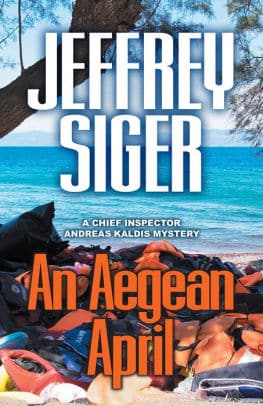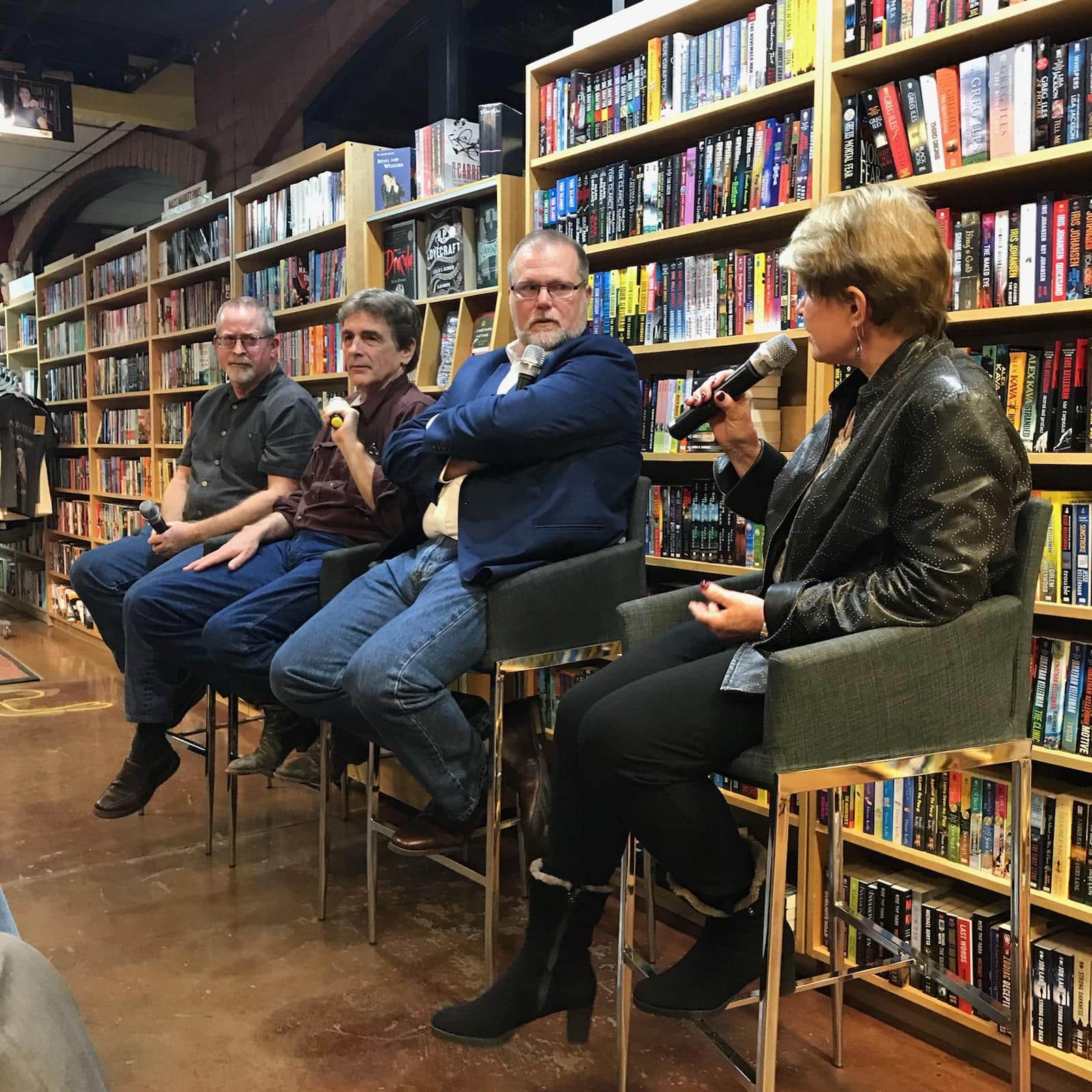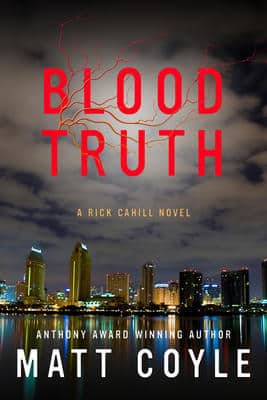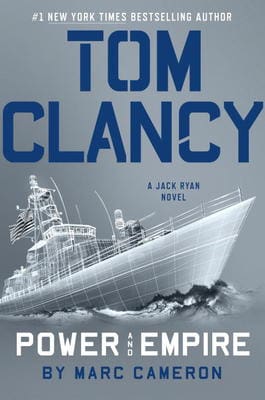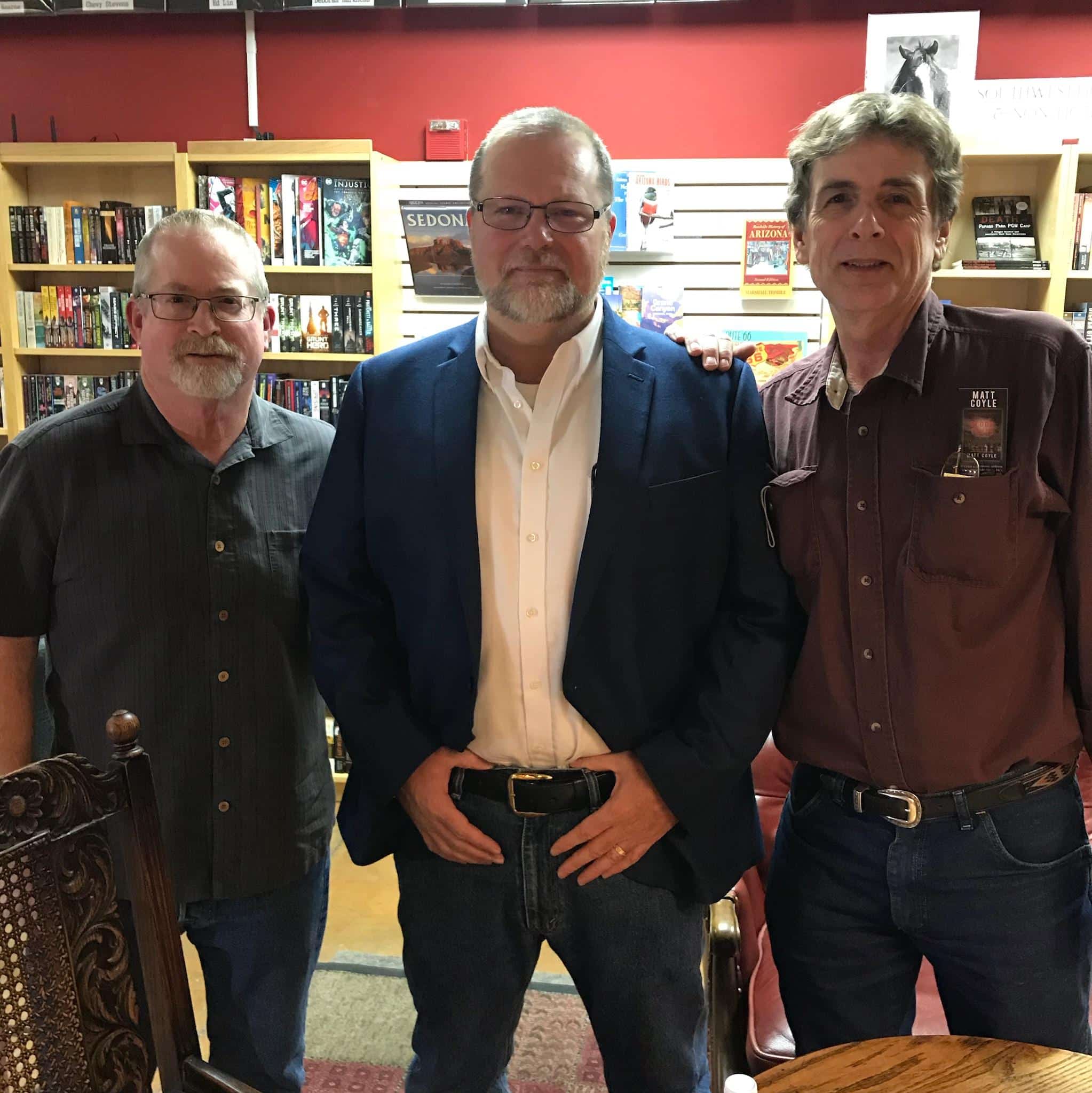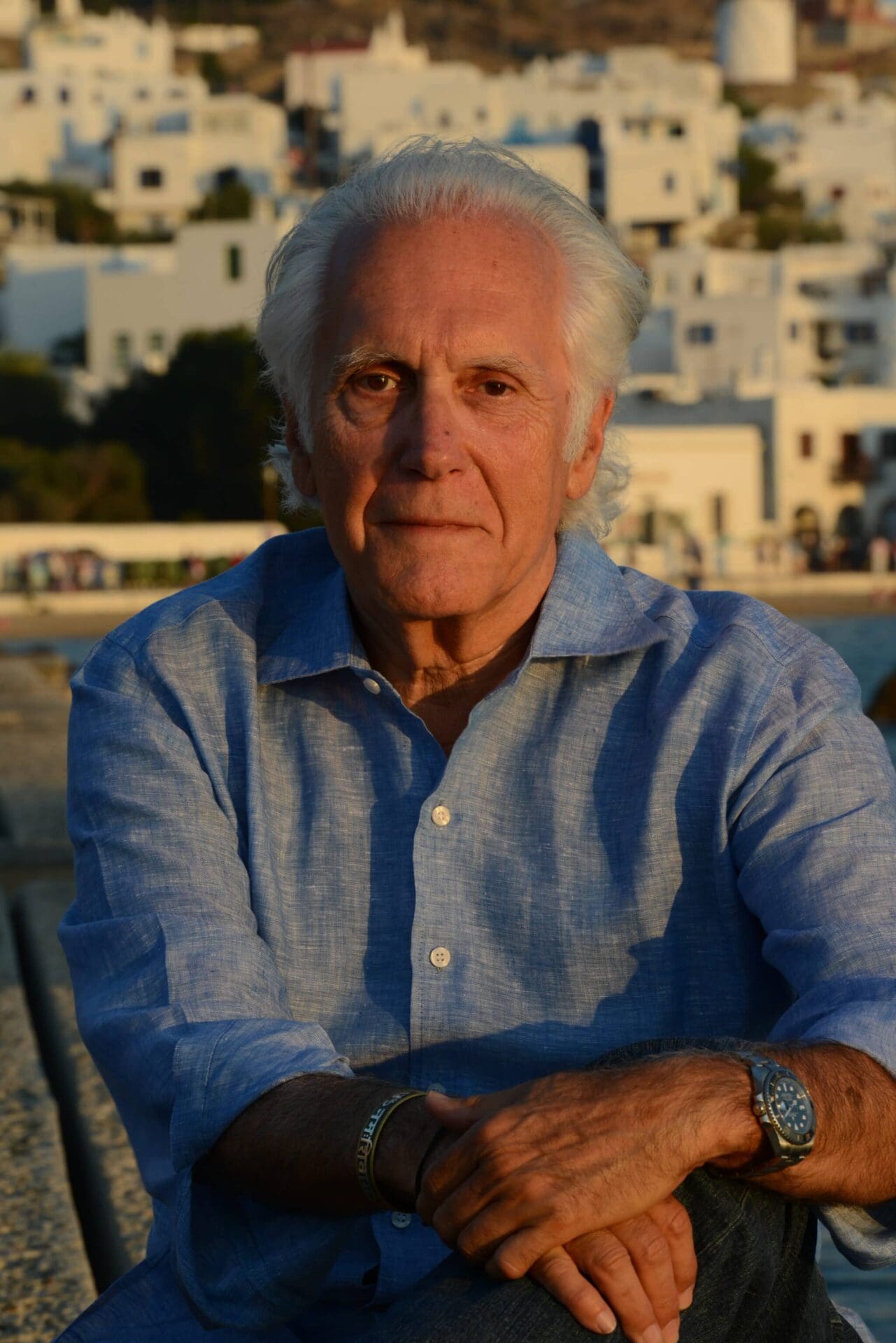
Jeffrey Siger’s biography on the site for Poisoned Pen Press authors says, “Jeffrey Siger was born and raised in Pittsburgh, Pennsylvania, practiced law at a major Wall Street law firm, and later established his own New York City law firm where he continued as one of its name partners until giving it all up to write full-time among the people, life, and politics of his beloved Mykonos.”
He’ll probably be embarrassed, but I also found this.
The New York Times described Jeffrey Siger’s novels as “thoughtful police procedurals set in picturesque but not untroubled Greek locales,” the Greek Press called his work “prophetic,” Eurocrime described him as a “very gifted American author…on a par with other American authors such as Joseph Wambaugh or Ed McBain,” and the City of San Francisco awarded him its Certificate of Honor citing that his “acclaimed books have not only explored modern Greek society and its ancient roots but have inspired political change in Greece.”
I’ve read every one of his Chief Inspector Andreas Kaldis novels, including the forthcoming one, An Aegean April. He’s a master at revealing the economic and political troubles in Greece, and, in this case, the problems affecting all of Europe. An Aegean April will be released January 2, and Jeff will be at The Poisoned Pen on Thursday, Jan. 4 at 7 PM, along with Thomas Perry, where they will discuss and sign their books. If you have the chance to see them, don’t miss it. If you have to miss it, you can still order a signed copy through the Web Store. https://bit.ly/2jC3gpp
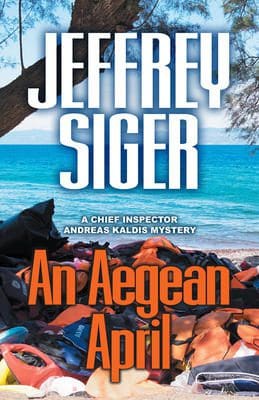
And, check out Jeffrey’s website at https://jeffreysiger.com/
Now, to the real reason you’re here. You want to see what Jeffrey’s recommendations are, his favorite crime novels read in 2017.
*****
Not much has changed on my mysteries favorites list since I came up with one a few months back. That’s not because there’s nothing new out there—au contraire, my TBR pile has grown to pillar size. It’s just that over the past few months I’ve been so caught up in writing a new standalone, while working on an assortment of standing-on-my-toes other projects, that I’ve neglected much of my genre reading. Bad Jeffrey. But I do have three recommendations, plus a fourth that I dropped from my top-three list only because another Poisoned Pen guest reviewer has already lauded it to the stars. So, here goes.
Let’s start off with the new addition to my list, Warren Easley’s MATTERS OF DOUBT. The first in his Cal Claxton series (now up to #5 with Blood for Wine), featuring an ex-LA Chief Prosecutor who saw the light (as many of we lawyers do), and abandoned big-city legal combat for a one-man country law practice in the idyllic Oregon wine country not far from Portland. It’s a place of steelheads rising to the fly fisherman’s bait, fine wines, simple cooking, and the companionship of an Australian Shepherd Archie—that’s a dog by the way.
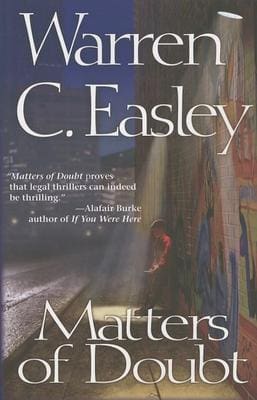
What struck me most about this book—beyond the what’s-going-to-happen-next allure of Easley’s engaging writing voice—was the exploration of intricate relationships in turmoil. I’m not just talking about Cal Claxton, though he suffered the haunting loss of his wife to suicide. I’m thinking more of the extensive host of extended family relationships Easley develops premised upon the homelessness shared by so many young in the very heart of what most of us think of as progressive Portland. Understanding/bigotry, exploitation/generosity, betrayal/loyalty, get deep play in this book, all within the framework of a lawyer just trying to find his own way. Quite an achievement, especially coming from one who’s not a lawyer—but then again that might explain it all.
PULPED, by Tim Hallinan blew my mind. I had no idea what to expect, but having done many a book event with this peripatetic treasured prose master and teller of ingenious tales, I knew it would be special. His seventh Simeon Grist novel is all of that and more. Imagine if you exist only as a fictional character, but don’t learn of that until after you fade off into a limbo world once the last unsold copy of the book in which you appear is pulped into newsprint. Imagine, too, that your only link to the “real” world is when someone opens one of your extant books. To what lengths would you go should you learn that your few remaining readers are being murdered, and once they’re gone, so are you? This is an instant classic.
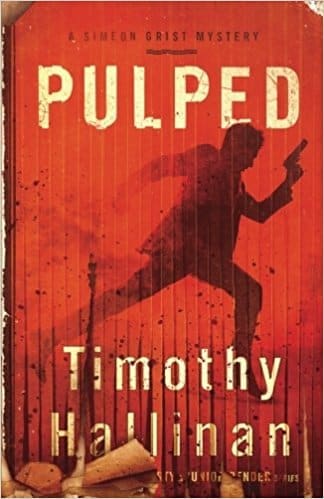
My third choice is a book I picked up in Hawaii at Left Coast Crime. I’ve long considered Barry Lancet a friend. We’ve gotten lost together in strange cities—in fact once with Hallinan—and he’s endured more of my stories than any one soul should bear (or bare). But I’d never read one of his acclaimed Jim Brodie books. I made the mistake of picking up a copy of his award winning JAPANTOWN just before heading off from Oahu to Kauai, a decision putting me squarely at odds with the promised purpose of my trip to that fascinating island. It took threats of grievous bodily harm from she-who-must-be-obeyed for me to put the book aside long enough to drive around and enjoy Kauai. But I survived, and in so doing became an enthusiastic fan of American antiques dealer and reluctant private eye Jim Brodie, dutifully trailing along beside him from the scene of a multiple murder in San Francisco, into mainland Japan intrigues, and on toward the ultimate redemption and avenging of his past.
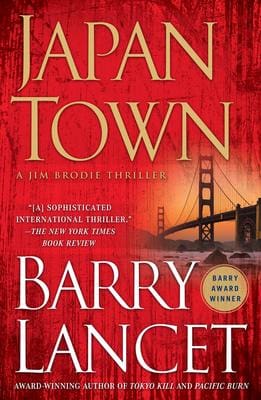
As for the book I dropped, let’s just say its because a fellow named Thomas Perry picked it as one of his favorites, and though I’m honored to have made the same choice as a master of our craft, I don’t think any gild need be added to his accolade. Let me just leave it with saying Jo Perry’s DEAD IS GOOD is a mesmerizing exploration of the subtleties of our universally shared fate, neatly wrapped up in a crisp, can’t put down mystery.
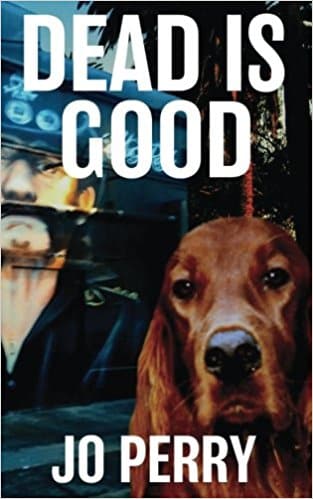
Thank you, my friends, for four great reads. Now it’s on to 2018 and scaling the top of my TBR pile.
—Jeffrey Siger
*****
Don’t forget to watch for Jeffrey Siger’s own book, An Aegean April. And, check out the Web Store for his recommendations. https://store.poisonedpen.com/

